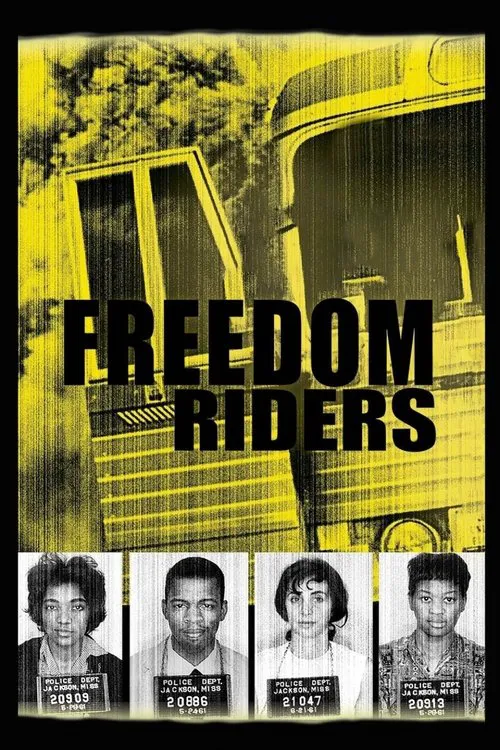Freedom Riders

Intrigue
In May 1961, a group of brave individuals embarked on an extraordinary journey across the southern United States, challenging the deeply entrenched institution of racial segregation that had dominated American society for centuries. The Freedom Riders, comprising 13 African Americans and 6 white Americans, aimed to test the landmark Supreme Court decision in the case of Boynton v. Virginia, which declared segregation in public transportation unconstitutional. The idea for the Freedom Ride was born out of a conversation between two civil rights activists, CORE (Congress of Racial Equality) leaders James Farmer and Stanley Leak, in February 1961. Farmer, a veteran of the civil rights movement and a former Air Force officer, proposed a bold plan to desegregate buses traveling from Washington D.C. to New Orleans. The plan aimed to demonstrate the inhumanity of segregation by putting it to a simple test: would they be allowed to ride on public buses, sit next to each other, and use the same facilities as white Americans? The team of Freedom Riders, carefully selected for their courage and determination, set off from the nation's capital on May 4, 1961, with the first leg of their journey taking them through the state of Pennsylvania. Upon entering the border state of Maryland, they were stopped by a segregationist taxi driver who refused to transport them across state lines, highlighting the complexities and dangers they would encounter on their journey. As they entered the Deep South, the tension and hostility grew. In Alabama, they encountered an uncooperative bus driver who threatened to turn them over to local authorities. In Birmingham, they faced violent mobs of racist whites, with some even attempting to physically harm the Freedom Riders. Despite these obstacles, the group persevered, using the momentum of their actions to fuel their determination and inspire others to join their cause. A pivotal moment in the Freedom Ride came when a white man, Jim Peck, was attacked in Birmingham, and one of the African American riders, John Lewis, was beaten in Montgomery, Alabama. However, the most brutal attack occurred in Anniston, Alabama, where a mob of more than 50 individuals, including police officers, ambushed the Freedom Riders' bus. The attack left the bus in shambles, with several riders severely injured, including one who suffered a near-fatal head wound. As news of the brutal attacks spread across the nation, public opinion began to shift, and many Americans began to question the legitimacy of segregation. Meanwhile, the Freedom Riders faced increasing opposition from state authorities, who worked to thwart their progress and intimidate them into abandoning their mission. Despite these challenges, the Freedom Riders pushed forward, with a fresh group of riders departing from Washington D.C. on June 9, 1961. This second wave of riders, including John Lewis and Diane Nash, encountered similarly violent resistance in Birmingham, with Nash being forced to abandon her ride after being threatened. However, they continued on to Montgomery, where they were met with a mixture of fear and defiance from local authorities. The Freedom Ride was not without its failures and setbacks. On June 13, 1961, a group of riders was arrested in Jackson, Mississippi, for attempting to use an "unsegregated" facility at the city's bus station. As the movement gained momentum, several riders were forced to abandon their mission due to intimidation, physical attacks, or internal conflicts. However, the Freedom Ride ultimately marked a significant turning point in the civil rights movement. The violence and resistance they faced only served to galvanize support for the movement, with thousands of ordinary Americans, including young people and students, joining the cause. The brutal treatment of the Freedom Riders, as documented by the media and witnessed by the nation, highlighted the urgency of the struggle for racial equality. The Freedom Riders' actions paved the way for future civil rights activists, including the likes of Martin Luther King Jr., who used nonviolent direct action to challenge segregation and promote racial justice. As the movement continued to gain momentum, the U.S. Congress eventually passed the Civil Rights Act of 1964, which outlawed segregation in public facilities, education, and employment. In the end, the Freedom Ride proved to be a remarkable moment in American history, showcasing the courage, determination, and resilience of ordinary Americans who refused to be intimidated or deterred from fighting for their rights. As one of the Freedom Riders, John Lewis, later recalled, "We thought we were going to die... but we were not afraid. We knew that we were not alone, and that we were part of something much bigger than ourselves."
Critiques
Recommandations




